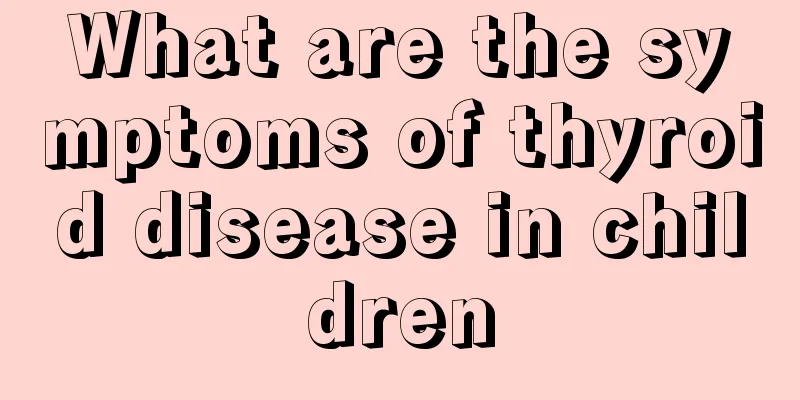What is the most accurate way to test for tuberculosis in children?

|
Children have relatively poor physical resistance, so they are more susceptible to diseases due to bacterial infections. Bacteria can easily infect the respiratory tract, leading to pediatric respiratory tuberculosis. They are especially likely to infect the human lungs, leading to childhood tuberculosis. Once suspected symptoms appear, parents should take their children to a regular large hospital for examination. There are currently scientific methods that can help accurately detect tuberculosis. The most accurate way to check for tuberculosis in children: 1. Medical history In addition to the current medical history, past medical history and BCG (bacillus Calmette-Guérin) vaccination history, special attention should be paid to family medical history. A definite history of contact with tuberculosis is helpful for diagnosis. Attention should also be paid to the history of acute infectious diseases before the onset of the disease, especially measles, whooping cough, etc., which are often the causes of tuberculosis. In addition, it is necessary to inquire whether there have been any tuberculosis allergic manifestations in the past, such as erythema nodosum, herpetic conjunctivitis and positive tuberculin reaction. 2. Clinical symptoms Child patients mainly show low-grade fever and symptoms of tuberculosis poisoning, and respiratory symptoms are mostly not obvious. Cough, sputum, hemoptysis or difficulty breathing are mostly signs that the disease is already serious. 3. Physical examination The physical signs of the lungs are not obvious and are disproportionate to the lesions in the lungs. Corresponding signs will only appear when the lesions are widespread or there are cavities. The superficial lymph nodes are mildly or moderately enlarged, and the liver and spleen may be mildly enlarged. In addition, attention should be paid to the presence of highly allergic manifestations, such as erythema nodosum, herpetic conjunctivitis, and scrofula-like facies. 4. X-ray examination X-ray examination can indicate the scope, nature, type and activity or progression of tuberculosis. Repeated examination can help to differentiate tuberculosis from non-tuberculosis diseases, and can also be used as an indicator to judge the efficacy of treatment. Experts remind parents and friends: Tuberculosis in children is not only hereditary, but the infection routes of the disease are also relatively wide, which makes prevention difficult. At the same time, because childhood tuberculosis poses a great threat to children's health, we have to be on guard. Therefore, in crowded places with large flow of people, parents need to wear masks for their babies to prevent them from being infected by respiratory bacteria. |
<<: Differences between hand, foot and mouth disease and herpetic pharyngitis
>>: What are the early symptoms of tuberculosis in children?
Recommend
How to treat ADHD in children?
Do you also have this problem? Your child is alwa...
What are the benefits of children doing outdoor sports regularly?
There are not many children who stay at home. Mos...
What should I pay attention to in my baby’s diet starting from seven months old?
Now for many ladies who love beauty, breastfeedin...
What should I do if my baby has snotty stools?
Every baby is the apple of the parents' eyes,...
Dietary treatment for alopecia areata in children
Parents are very worried about the healthy growth...
One month old baby laughs while sleeping
We all know that newborn babies sleep when they a...
Treatment of vomiting caused by gastroenteritis in children
Vomiting due to gastroenteritis in children is no...
What is the situation of baby's sweaty palms?
Have we ever encountered such a situation when ta...
Why do newborn babies not sleep at night?
The phenomenon of newborn babies not sleeping at ...
How to stop the baby's cough at night?
Although it is very common for children to cough,...
The baby's voice became hoarse after crying during the confinement period
If the baby's voice becomes hoarse due to cry...
Why does the child's buttocks itch?
Generally speaking, children will definitely enco...
Is it better to choose silicone baby bottle or glass baby bottle?
We all know that after the baby is weaned. It is ...
What should I pay attention to when my daughter has her first menstrual period?
When a child has his or her first menstruation, t...
Redness and swelling at the vaccination site
When you go to the maternal and child health care...









